AI Face Recognition Attendance Systems are enhancing efficiency and transparency across various sectors in India, ensuring accurate and tamper-proof attendance records. As technology improves, its adoption is expected to grow, offering comprehensive solutions while addressing privacy concerns.
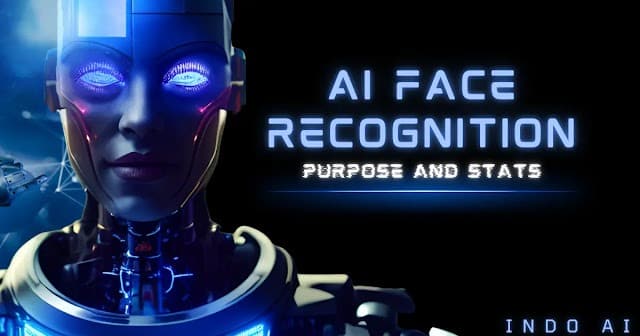
Table of contents
AI Face Recognition Attendance Systems (FRAS) are becoming more popular in India, especially in government departments, schools, and companies. These systems use cameras and software to recognize a person’s face, making it easier to track who is present at work or school. This new technology helps ensure that people are on time and that there are no errors or cheating in attendance records. Let’s explore how different departments and organizations in India are using these systems, why they are doing so, and some key companies involved in making these systems work.
Why Facial Recognition Attendance is Being Used
Facial recognition technology is being used for a few important reasons:
- Accuracy: Traditional methods like signing in or using fingerprint scanners can sometimes be inaccurate or easily tampered with. Facial recognition makes sure that the right person is marked as present.
- Efficiency: It saves time because people don’t have to line up to sign in or use a fingerprint scanner. The system works quickly, recognizing faces as soon as people enter the building.
- Transparency: This technology helps prevent “proxy attendance,” where someone else signs in for an absent person. It ensures that only the person who is supposed to be there is counted as present.
- Data Management: These systems often connect to apps or software that can track attendance over time, helping managers and administrators see patterns, like who is often late or absent.
- Avoid Spoofing: Spoofing is the common thing to bypass our modern technologies at school, work or in other sectors, but a Face cannot be spoofed easily and cannot be bypassed in this new face recognition technology.
Where is Facial Recognition Being Used?
Facial recognition attendance is being implemented in various sectors across India. Here’s how it’s being used in different areas:
1. Ai Face Recognition in Government Departments and Offices

- Purpose: Government offices are using facial recognition to ensure that employees are on time and that there is no cheating in attendance. It also helps in keeping a transparent record of who is working each day.
- Examples:
- The Central Government of India has introduced these systems in various ministries and departments. This helps them manage large numbers of employees more effectively.
- Some state governments, like Andhra Pradesh, Telangana, and Delhi, have started using this technology in their offices.
- Results: These systems have led to a decrease in absenteeism (people not showing up for work) and have improved punctuality (people arriving on time).
2. Ai Face Recognition in Public Sector Undertakings (PSUs)
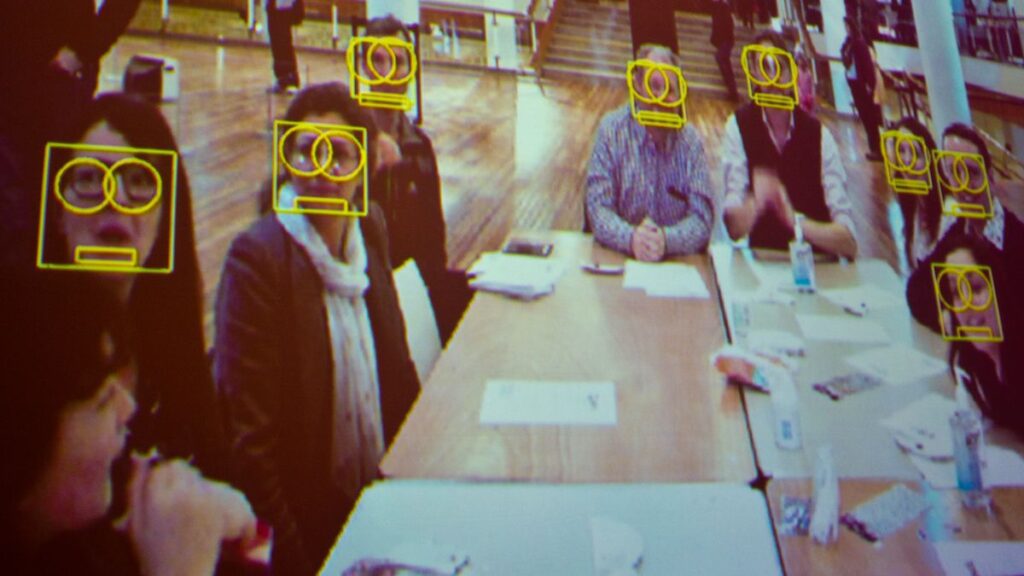
- Purpose: Public Sector Undertakings, which are government-owned companies, use facial recognition to manage large numbers of employees. These companies often have thousands of workers, so tracking attendance accurately is very important.
- Examples: Industries like manufacturing, energy, and transportation are using this technology to streamline their operations.
- Results: Many PSUs have seen better management of their workforce, with fewer mistakes in attendance records and improved employee discipline.
3. Educational Institutions

- Purpose: Schools and universities are using facial recognition to ensure students attend classes regularly. This helps prevent students from skipping classes without permission and allows schools to keep parents informed about their child’s attendance.
- Examples: States like Maharashtra and Karnataka have started implementing facial recognition systems in some of their schools and universities.
- Results: Schools that use these systems have reported better student attendance and more punctuality.
4. Ai Face Recognition in Healthcare Sector
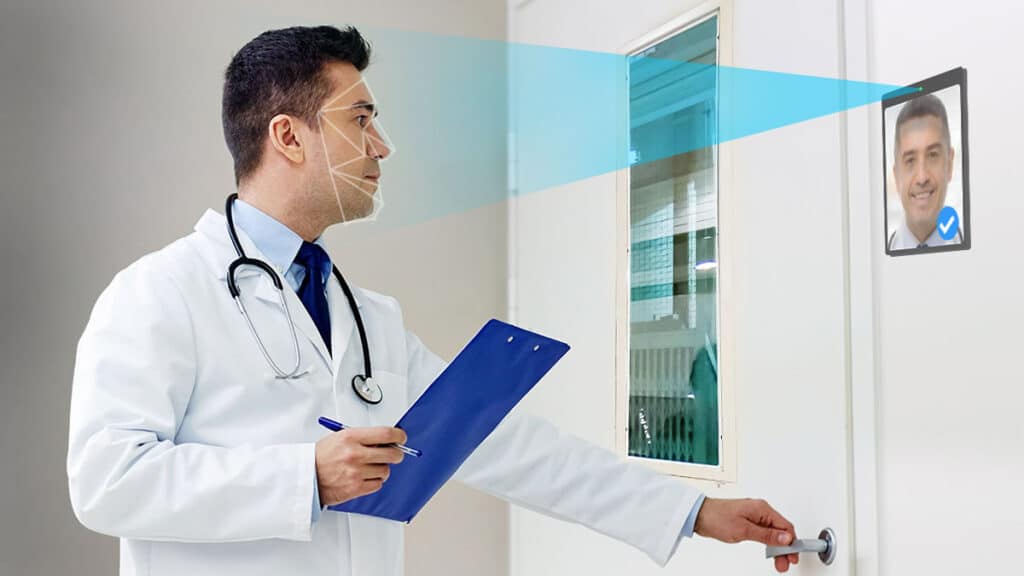
- Purpose: In hospitals, especially those run by the government, facial recognition helps keep track of healthcare workers’ attendance. This ensures that there are enough staff members available to take care of patients.
- Examples: Public hospitals in states like Tamil Nadu and Uttar Pradesh are using facial recognition systems.
- Results: These hospitals have noticed better staffing levels and improved patient care because they can ensure that workers are present when they are supposed to be.
5. Law Enforcement and Security Agencies
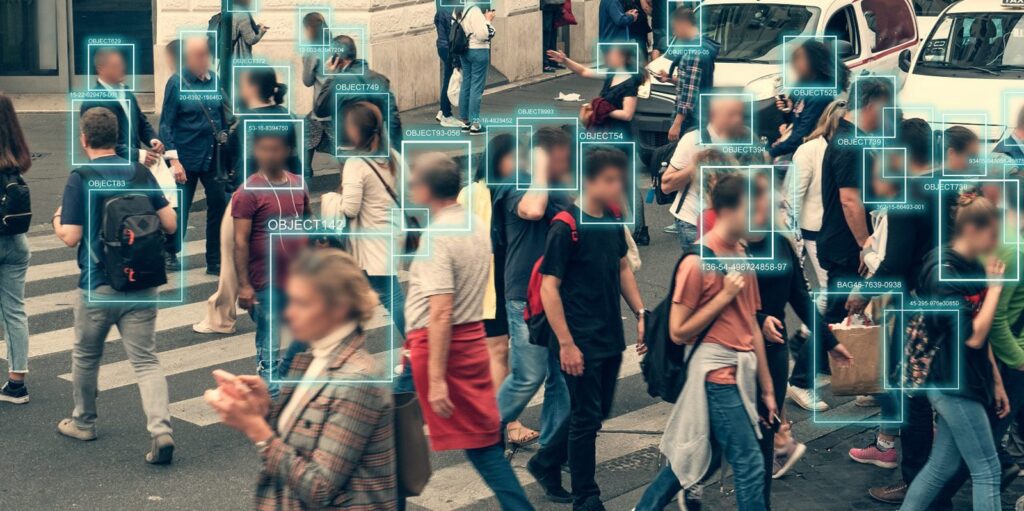
- Purpose: Police departments and security agencies are using facial recognition to make sure officers are where they need to be, especially in high-security areas.
- Examples: Police forces in states like Maharashtra and Delhi have started using this technology as part of their efforts to improve law enforcement and public safety.
- Results: The use of facial recognition has helped increase accountability and has made it easier to manage police forces.

Key Companies Involved in Facial Recognition Attendance
Several companies are playing a big role in bringing facial recognition technology to India’s attendance systems. These companies develop the cameras and software that make this technology work. Let’s look at a few of them:
- Indo Ai: This company, in collaboration with the Dutyapar App, has developed AI cameras that are used in various sectors for attendance tracking. Their technology is designed to be fast, accurate, and easy to integrate with other systems. The Government of Pune, Maharashtra, U.P. are using this company’s Technology to develop their Face Recognition Attendance in their governmental work.
- Mantra Softech: Based in Gujarat, Mantra Softech is another key player in the biometric and facial recognition industry in India. They provide a range of biometric solutions, including facial recognition systems, for different sectors, including government offices, schools, and companies.
- NEC Corporation India: NEC, a global technology company, has also been involved in deploying facial recognition technology in India. They provide solutions for government projects, smart city initiatives, and public safety, including attendance systems.
- Tech Mahindra: This Indian IT giant has been working on integrating facial recognition with other technologies to provide comprehensive solutions for smart cities, public safety, and workforce management.
- Hikvision: Known primarily as a provider of security cameras, Hikvision has also ventured into facial recognition technology. They provide solutions that are used in offices, schools, and other institutions to track attendance and enhance security.
The Future of Facial Recognition Attendance in India
Facial recognition attendance systems are expected to become more common in the coming years. As the technology improves and becomes more affordable, more sectors and institutions are likely to adopt it. Here are some trends we might see:
- Wider Adoption: More schools, offices, and public institutions may start using facial recognition for attendance. This could lead to a standardization of the technology, with more consistent results across different places.
- Improved Technology: Companies will continue to work on improving the accuracy and reliability of facial recognition systems. This could involve making the systems work better in different lighting conditions or with diverse populations.
- Increased Integration: Facial recognition may be integrated with other technologies, such as temperature checks or health monitoring, to create more comprehensive solutions for places like schools and hospitals.
- Regulations and Privacy Protections: As facial recognition becomes more widespread, there may be new laws and regulations put in place to protect people’s privacy and ensure that their data is used responsibly.
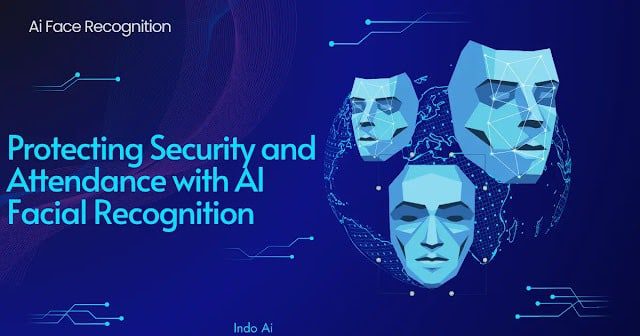
Conclusion
Facial recognition attendance systems are a powerful tool for improving efficiency and transparency in various sectors across India. From government offices to schools and hospitals, these systems help ensure that people are where they are supposed to be, reducing the chances of errors or fraud in attendance records. While there are challenges to overcome, such as privacy concerns and the cost of implementation, the benefits of this technology are clear. As more companies develop and improve these systems, we can expect to see even greater adoption and integration of facial recognition technology in the future.
AI Face Recognition Attendance Systems (FRAS) are becoming more popular in India, especially in government departments, schools, and companies. These systems use cameras and software to recognize a person’s face, making it easier to track who is present at work or school. This new technology helps ensure that people are on time and that there are no errors or cheating in attendance records. Let’s explore how different departments and organizations in India are using these systems, why they are doing so, and some key companies involved in making these systems work. So It’s very safe to use as You can visit the products of Indo Ai 
